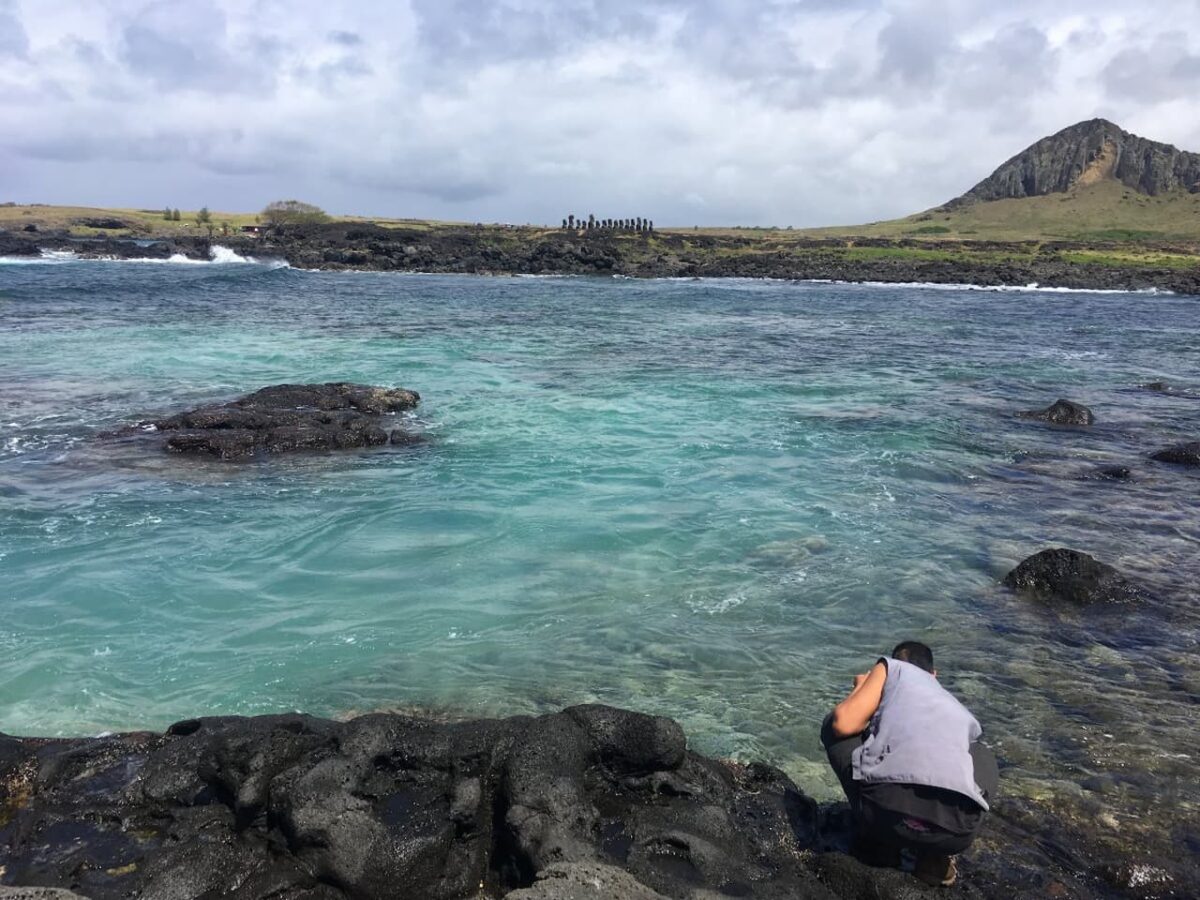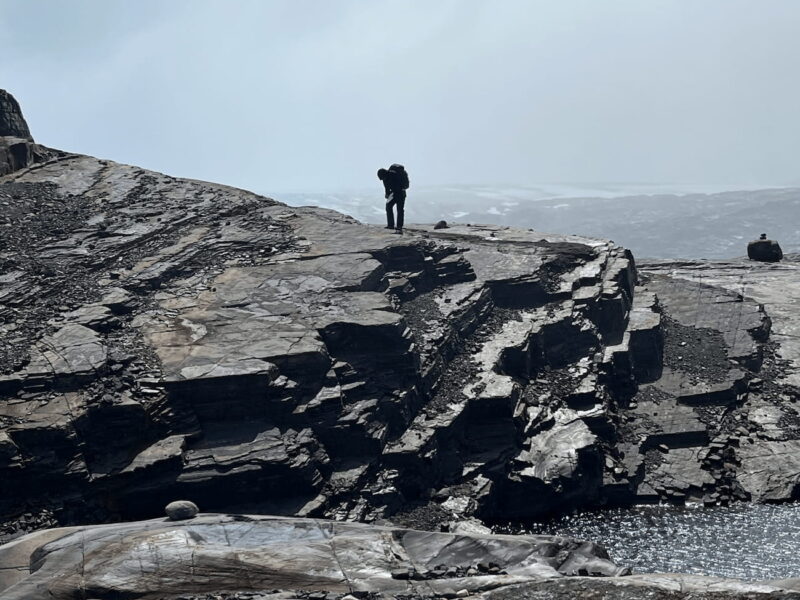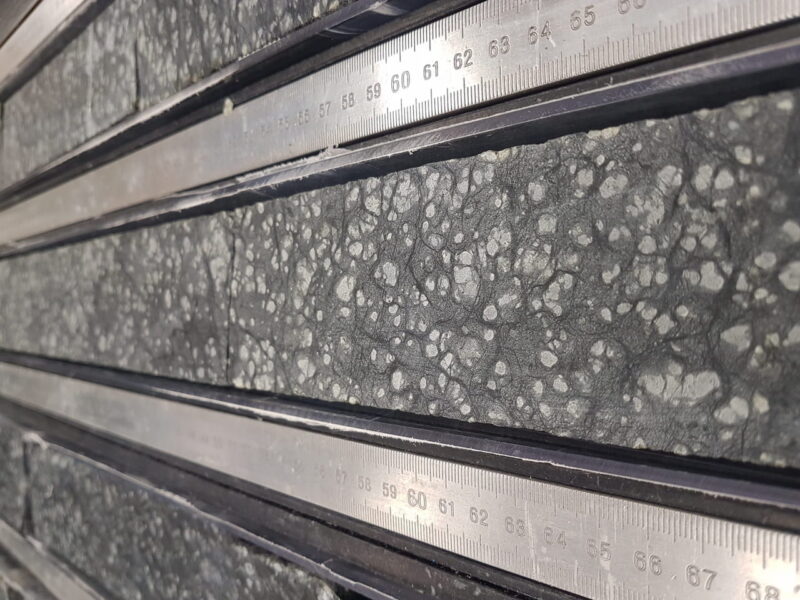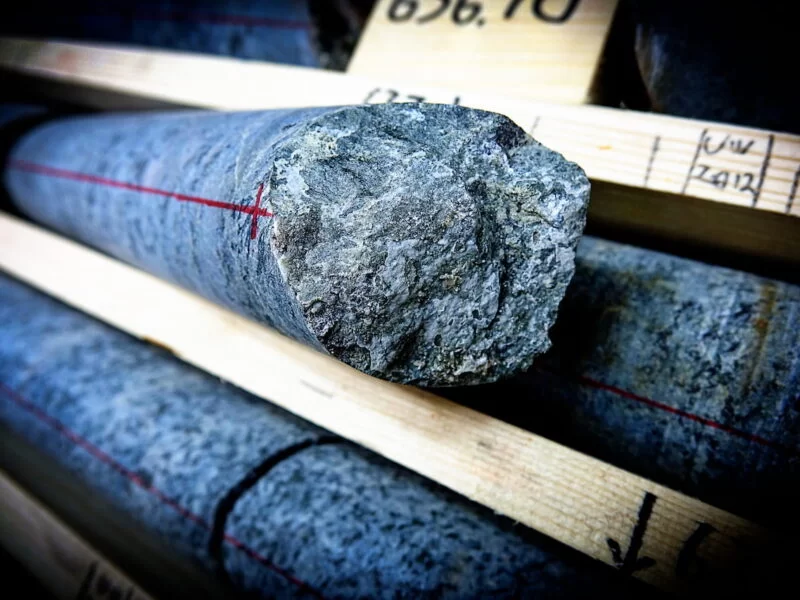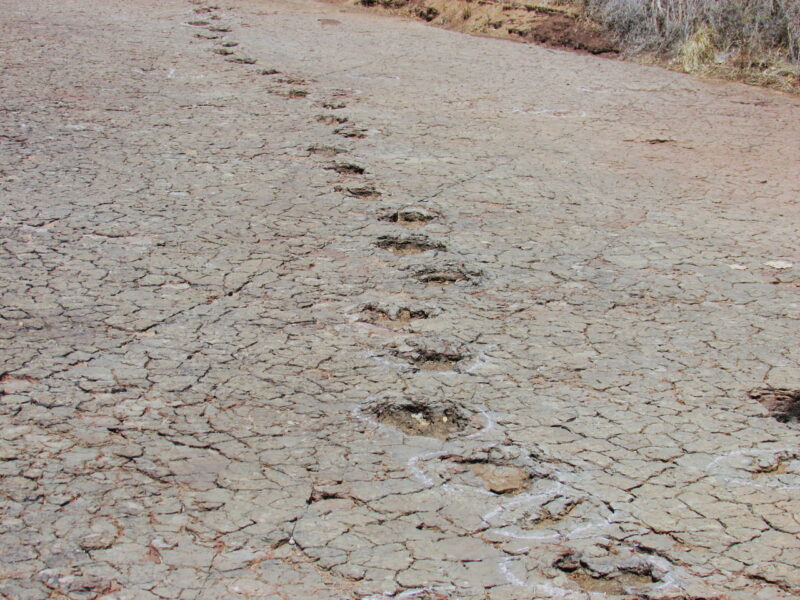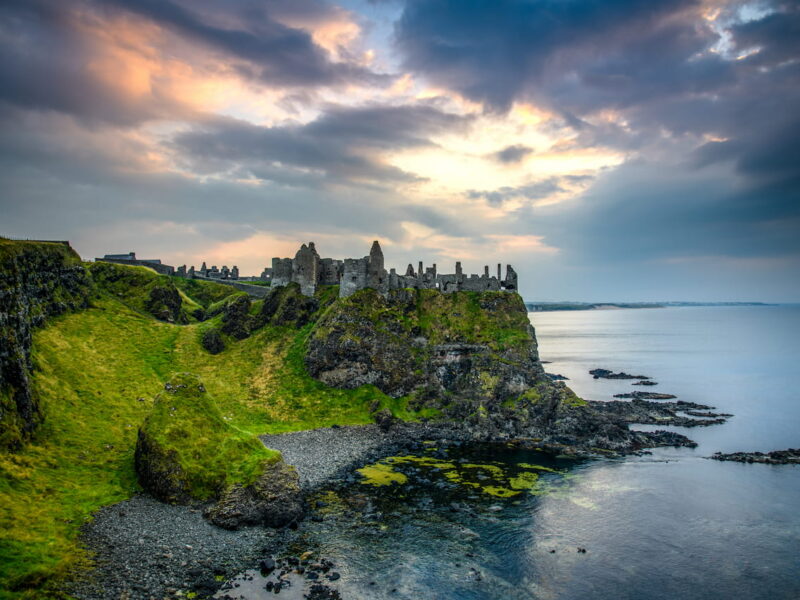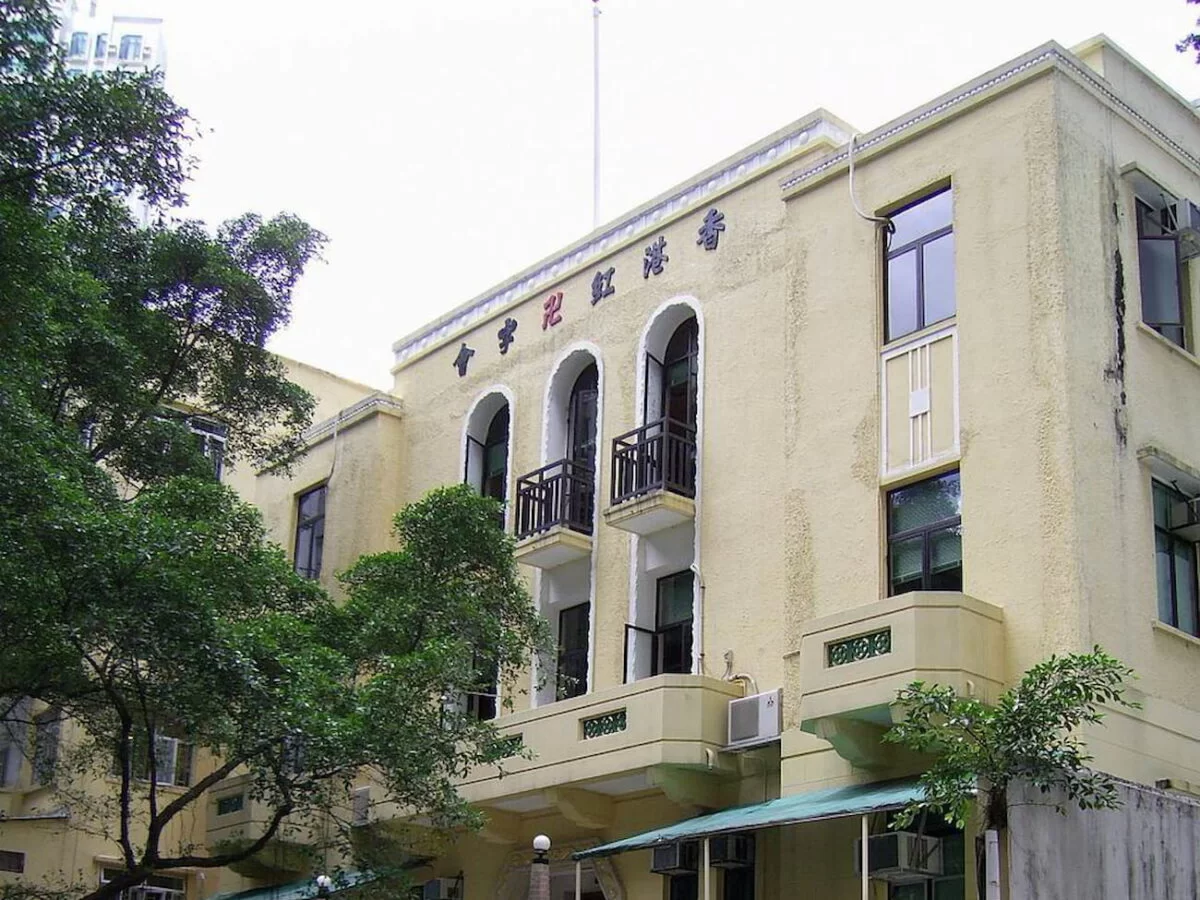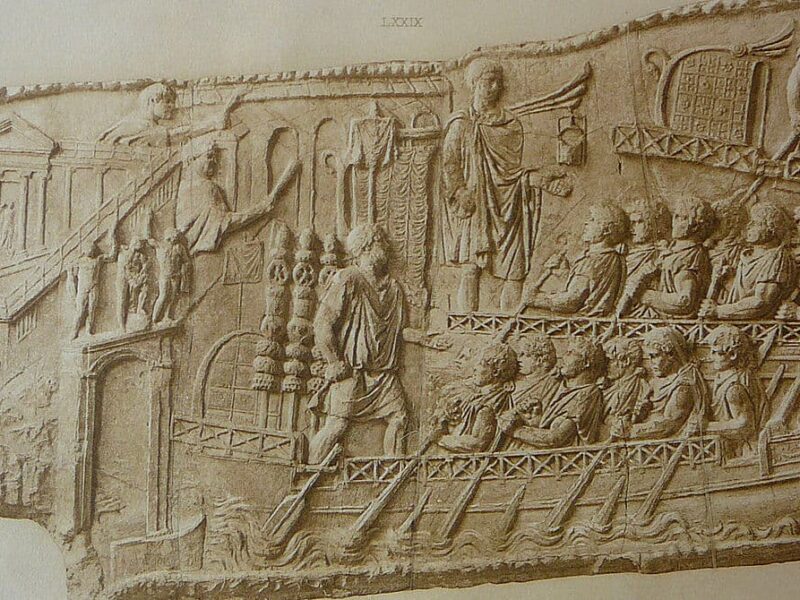Traditionally, textbooks have described the mantle as a viscous, well-mixed layer that shifts along with tectonic plates, much like a conveyor belt. This theory has been a cornerstone of geology for nearly a century but has been notoriously difficult to prove. Now, a study by geologists from Cuba, Colombia, and the Netherlands is challenging that long-held view.
Easter Island, known for its extinct volcanoes, was formed around 2.5 million years ago. In 2019, a team of geologists from Cuba and Colombia traveled to the island to accurately date its volcanic origins. To do so, they used a technique called zircon dating. Zircons are minerals that form when magma cools, and they contain trace amounts of uranium, which decays into lead at a known rate. By measuring the ratio of uranium to lead in these zircons, scientists can determine how long ago the minerals crystallized.
The team, led by Cuban geologist Yamirka Rojas-Agramonte, discovered hundreds of zircons on Easter Island, but to their surprise, some of these minerals dated back as far as 165 million years—far older than the 2.5 million years expected. This posed a major puzzle. How could such ancient minerals exist on a relatively young volcanic island?

Chemical analysis revealed that these ancient zircons had the same composition as those formed from the island’s current volcanic activity, suggesting they came from the same magma source. However, the volcanic activity that created Easter Island’s landscape cannot have been occurring for 165 million years because the tectonic plate beneath the island is not that old. The only plausible explanation is that these ancient zircons were brought up from deep within the mantle, beneath the plate, from much earlier volcanic activity.
Easter Island’s volcanoes belong to a class known as “hotspot” volcanoes, which are common in the Pacific Ocean. These volcanoes form when plumes of hot rock rise slowly from deep in the Earth’s mantle and melt as they near the crust, creating volcanic activity. The Hawaiian Islands, for example, are the result of this process. For decades, scientists have understood that these mantle plumes remain stationary while tectonic plates move over them, forming chains of volcanoes. Every time the plate shifts, a new volcano forms over the stationary plume.
But the discovery of such ancient zircons poses a new challenge to this understanding. Could it be that the mantle plume beneath Easter Island has been active for 165 million years? To investigate further, Rojas-Agramonte teamed up with geologist Douwe van Hinsbergen, who specializes in reconstructing ancient tectonic plates. His analysis suggested that a massive volcanic plateau existed at the site of present-day Easter Island 165 million years ago but disappeared under the Antarctic Peninsula about 110 million years ago due to tectonic subduction.

This raised another question: If the mantle beneath Easter Island had been active for so long, why had the ancient zircon minerals not been swept away by the surrounding mantle currents? The classic conveyor belt model would predict that these minerals should have been dragged far from their current location. However, the fact that they were preserved on Easter Island indicates that the mantle surrounding the plume must be much more stationary than previously thought.
In essence, the discovery suggests that the mantle behaves quite differently from what geologists have long assumed. Rather than constantly flowing with tectonic plates, the mantle around hotspot plumes may remain relatively still, allowing ancient materials to persist.
This revelation could force a significant reevaluation of how the Earth’s mantle operates and moves, potentially altering fundamental geological theories about plate tectonics and mantle dynamics.
SOURCES
Yamirka Rojas-Agramonte, Natalia Pardo, Douwe J.J. van Hinsbergen, et al. Zircon xenocrysts from Easter Island (Rapa Nui) reveal hotspot activity since the middle Jurassic. Authorea. November 29, 2023. DOI: 10.22541/au.170129661.17646127/v1
Discover more from LBV Magazine English Edition
Subscribe to get the latest posts sent to your email.

